
What Are Public Libraries For
Out with the Dewey Decimal System. In with co-working spaces, podcast studios, and goats.
Recommendation
Libraries were once easy for anyone to describe. They held books and books and more books. People went to the library to read and borrow books. That was then. Now, libraries have morphed into community centers that offer a wide range of services. The contemporary library’s menu of activities is a result of competition for user attention and taxpayer funding, and of the shortage of social service support for underserved populations, including the homeless. Schuyler Velasco’s survey of the changing nature of libraries for Experience Magazine will surprise library users and inspire librarians, library patrons and local government policymakers.
Summary
About the Author
Schuyler Velasco is the deputy editor of Northeastern University’s Experience Magazine.








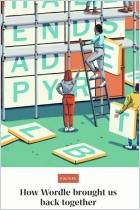
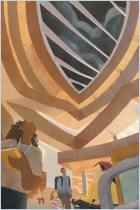

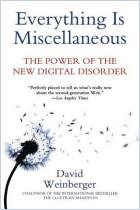
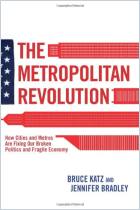
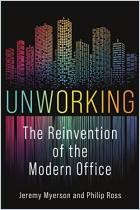
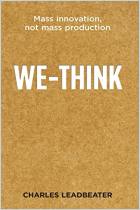

Comment on this summary